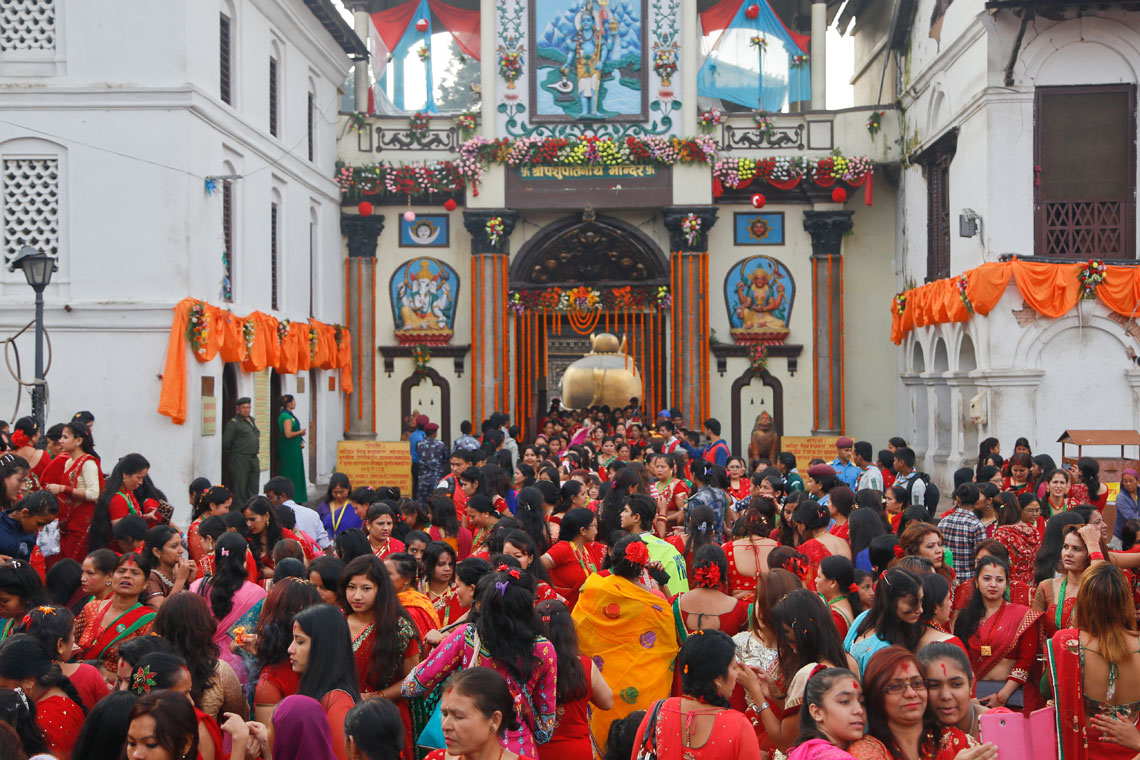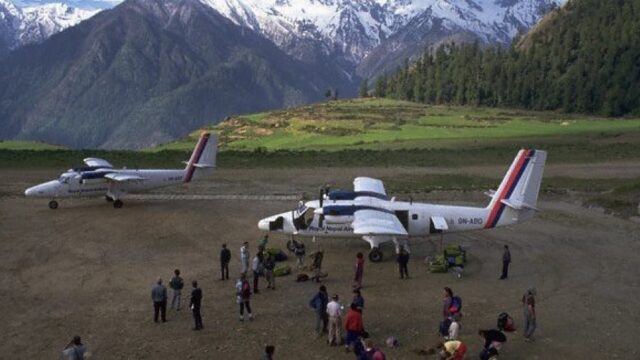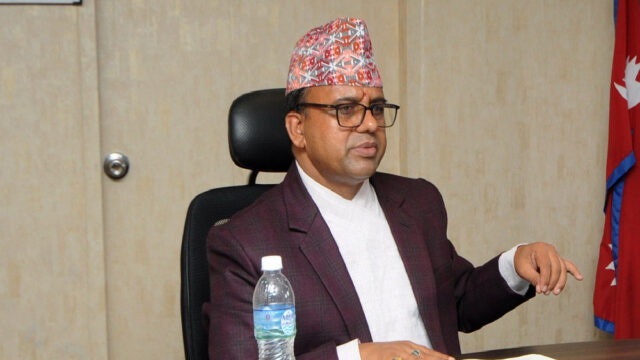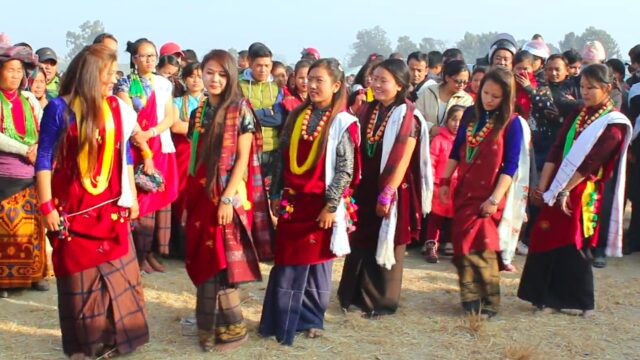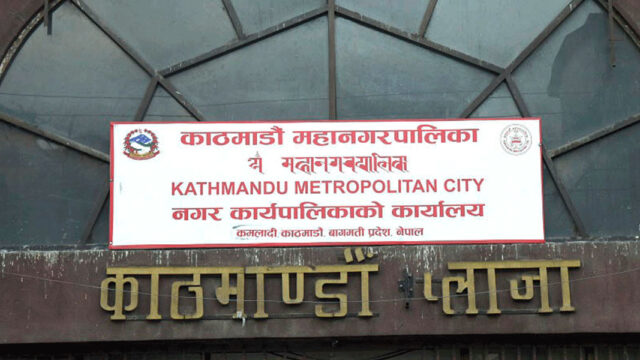The Pashupatinath Temple, one of the most revered Hindu shrines, is witnessing an unprecedented influx of devotees, sadhus, and visitors on the occasion of Mahashivaratri. The number of pilgrims coming to pay obeisance to Lord Pashupatinath has significantly increased, making this year’s celebration one of the grandest in over a decade.
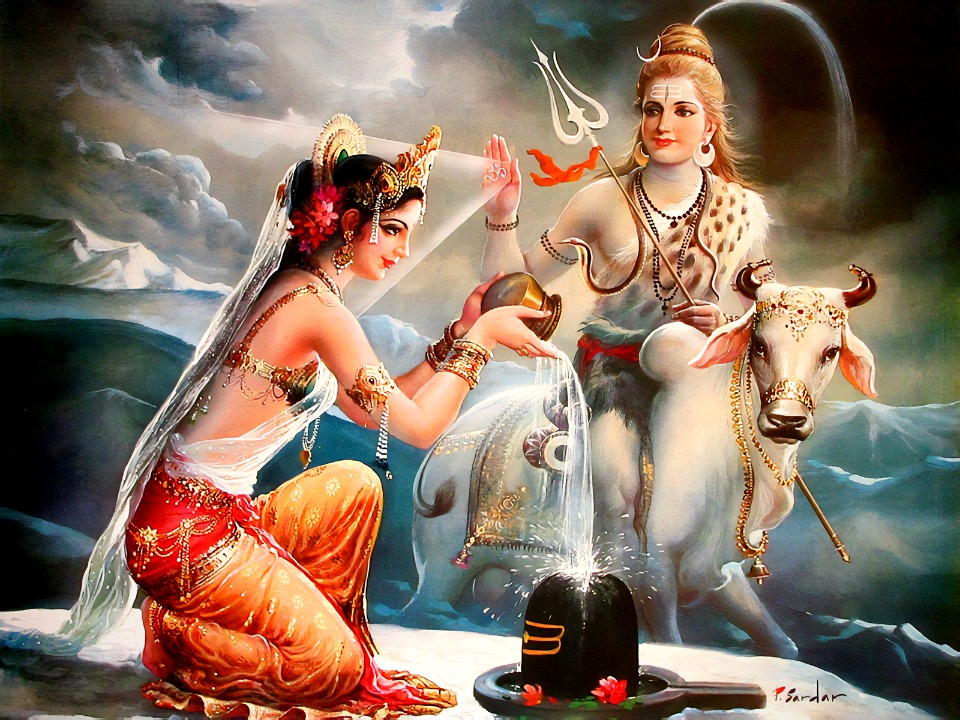
Extensive Preparations by Pashupati Area Development Trust
To ensure a smooth and well-managed festival, the Pashupati Area Development Trust (PADT) has put in place extensive arrangements. Authorities expect this year’s turnout to be the highest in recent history, prompting meticulous planning and execution of various measures.
The Mahashivaratri Festival Management Main Celebration Committee, under the chairmanship of Minister for Culture, Tourism, and Civil Aviation Badri Prasad Pandey, has been established to oversee the festivities. Minister Pandey, who is also the chairman of PADT, emphasized that all necessary steps have been taken to accommodate the devotees and maintain the sanctity of the celebration.
PADT Member-Secretary Dr. Milan Kumar Thapa stated, “Nine thematic sub-committees have been formed, each assigned specific responsibilities. Our primary focus is on efficient management and the convenience of devotees. We are ensuring that all logistical arrangements are in place to facilitate an orderly and spiritual experience for all visitors.”
Devotees from Across Borders
This year, devotees have gathered from Nepal, India, Bhutan, Bangladesh, Myanmar, and several other countries, reflecting the international significance of Pashupatinath Temple and the Mahashivaratri festival. The influx of foreign pilgrims has added to the vibrancy of the celebration, with a diverse mix of cultures and traditions converging in the temple premises.
Temple Doors Open from Early Hours
To accommodate the overwhelming number of devotees, PADT has decided to open the doors of Pashupatinath Temple at 2 a.m. on Wednesday. This early opening allows for an organized and systematic offering of prayers and rituals throughout the day. Thousands of devotees are expected to line up from the early hours to seek blessings from Lord Shiva on this auspicious occasion.
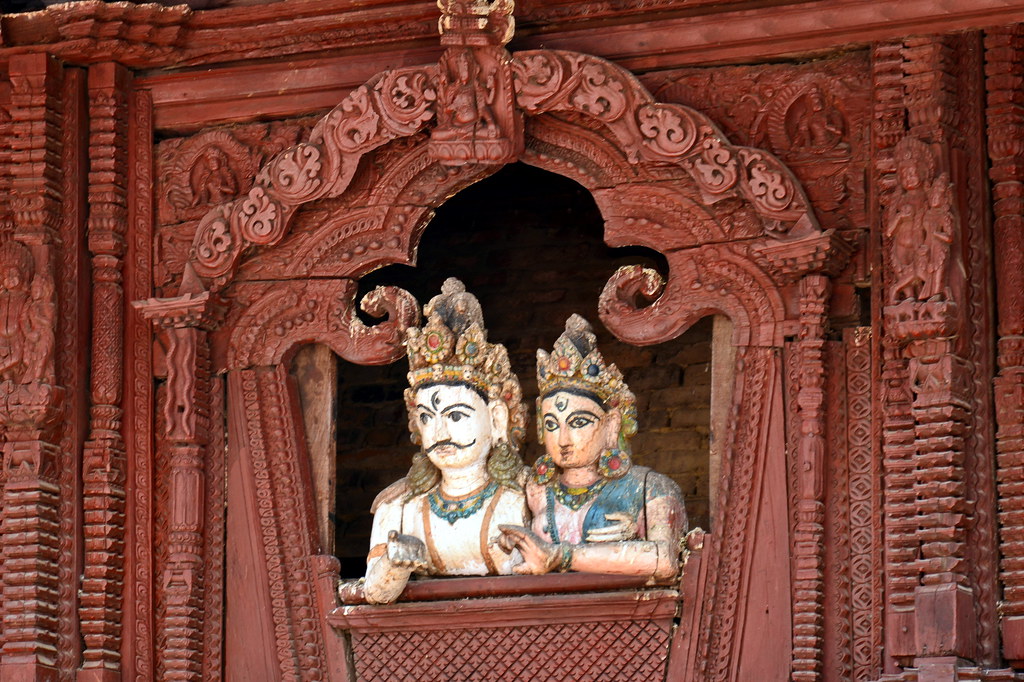
Heightened Security Arrangements
Given the large gathering, security has been a top priority for the authorities. A combined force consisting of the Nepali Army, Nepal Police, Armed Police Force, and the National Investigation Department has been deployed in and around the temple premises. PADT has also mobilized its own security personnel to manage the crowd and ensure the safety of devotees. The security forces are working in close coordination to prevent any untoward incidents and maintain peace during the festival.
Health and Welfare Services in Place
Recognizing the need for medical assistance in such a large gathering, PADT has made necessary arrangements for health services. Medical teams and ambulances have been stationed at key locations within the Pashupati area to provide emergency care if required. Additionally, volunteers and health professionals are on standby to assist devotees facing any health-related issues.
Special Arrangements for Sadhus and Holy Men
Mahashivaratri is particularly significant for sadhus, ascetics, and spiritual seekers, many of whom travel great distances to reach Pashupatinath. PADT has made special arrangements for their accommodation and sustenance. Dharamshalas within the temple premises have been designated to house sadhus, ensuring they have a comfortable place to stay. Apart from the Tilganga area, free food and lodging facilities have been arranged at Hangshamandap, Bankali, and other designated locations.
Festive Atmosphere and Rituals
Mahashivaratri is one of the most auspicious festivals dedicated to Lord Shiva, marked by fasting, prayers, and night-long vigils. The temple complex is adorned with lights, and the air is filled with the sound of devotional chants and bhajans. Devotees engage in various rituals, including the sacred Rudrabhishek, a special offering of milk, honey, and water to Lord Shiva’s idol.
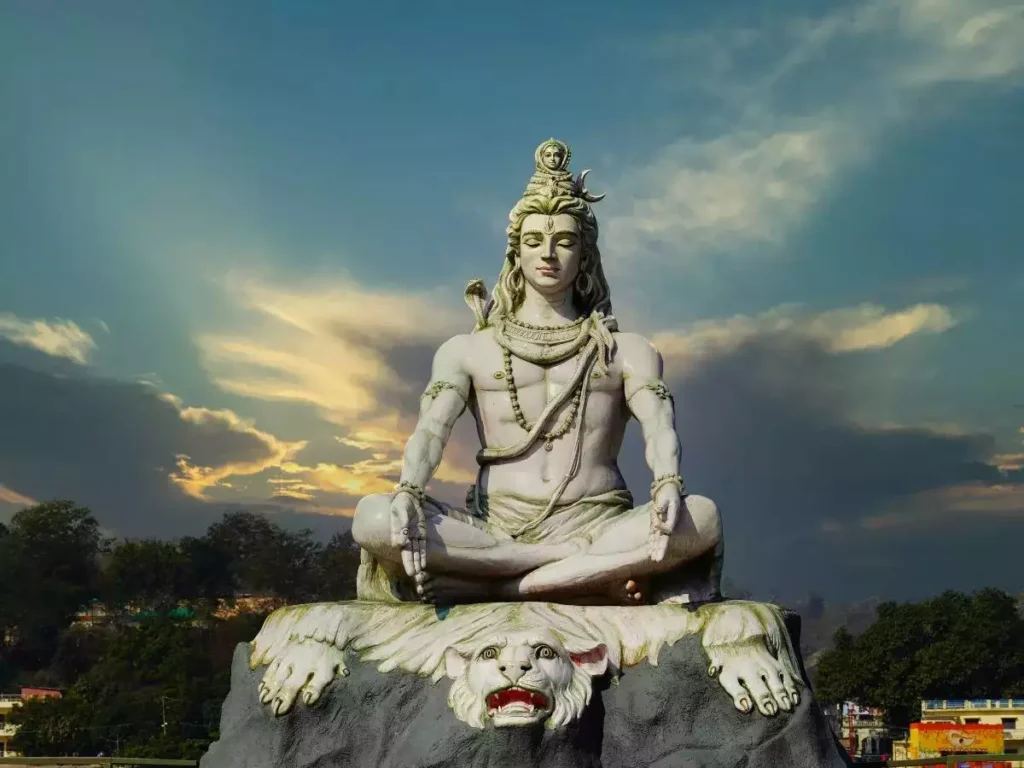
The presence of sadhus and naga babas, with their ash-covered bodies and unique spiritual practices, adds to the mysticism of the festival. Many devotees seek blessings from these holy men, believing that their prayers and penance during Mahashivaratri bring divine grace.
Economic and Cultural Impact
The festival also has a significant economic and cultural impact. Local businesses, including vendors selling flowers, incense, and religious items, experience a surge in sales. Hotels, lodges, and transportation services around Kathmandu see increased demand due to the large number of visitors arriving for the festival.
Moreover, Mahashivaratri plays a crucial role in promoting Nepal’s rich cultural heritage and religious tourism. The influx of international devotees highlights Pashupatinath Temple’s global spiritual significance, reinforcing its status as a UNESCO World Heritage Site.
The grand celebration of Mahashivaratri at Pashupatinath Temple underscores the deep-rooted faith and devotion of millions of Hindus. With extensive preparations, heightened security, and well-coordinated services, PADT and government authorities are ensuring a seamless experience for all devotees. As thousands continue to throng the sacred premises to seek the blessings of Lord Shiva, this year’s Mahashivaratri festival stands as a testament to the enduring spiritual and cultural significance of Pashupatinath.
